The 1970s felt like the dawn of the space age, with gadgets and gizmos that promised to revolutionize daily life in ways we could barely imagine. We stood in electronics stores, mouths agape, watching demonstrations of devices that seemed straight out of science fiction movies. These weren’t just appliances—they were glimpses into a future where technology would make everything easier, faster, and more exciting than ever before.
1. The Betamax Video Cassette Recorder

Sony’s Betamax arrived in 1975 like a miracle machine that could actually record television shows for later viewing. The very concept seemed almost magical—you could tape your favorite program while watching something else, or even record shows while you weren’t home. Families gathered around these hefty black boxes like they were witnessing the future of entertainment, which in many ways, they were. Southtree breaks down just what happened when this device ran.
The picture quality was superior to anything most people had seen, and the ability to pause live television felt like having superpowers. These machines cost more than many families spent on their monthly mortgage, but early adopters were convinced they were investing in the technology that would dominate home entertainment forever. Unfortunately, the format war with VHS meant that most Betamax machines became expensive doorstops by the mid-1980s, and today you’d be hard-pressed to find blank Beta tapes even in the most nostalgic thrift stores.
2. Digital LED Watches with Red Numbers

Nothing said “I’m living in the future” quite like a watch that displayed the time in glowing red digital numbers instead of traditional hands and a dial. These chunky timepieces required you to press a button to see the time, which somehow made checking it feel like operating a piece of space equipment. The LED display was so bright it could light up a dark room, and wearing one made you feel like you were part of some exclusive club of early technology adopters. PCMag turns back the clock to explore the history of this revolutionary device.
The novelty factor was enormous—strangers would ask to see your watch, and you’d proudly demonstrate how it could show not just hours and minutes, but sometimes even the date and seconds. Battery life was measured in months rather than years, and replacing those batteries required a trip to the jewelry store or electronics shop. Today’s smartwatches make these simple time-telling devices look positively primitive, but back then, they represented the cutting edge of personal technology.
3. The First Home Video Game Consoles

The Magnavox Odyssey and later Atari Pong systems transformed television sets into interactive entertainment centers in ways that seemed almost impossible to believe. Suddenly, your living room TV could display moving squares and lines that you could actually control with paddles and joysticks. The concept of playing games on your television, rather than just watching programs, felt like stepping into the world of “The Jetsons.” HowStuffWorks plugs in for a look at the biggest ways gaming has changed over the decades.
These early consoles were marvels of engineering that required careful setup and adjustment to work properly with your particular television set. The games themselves were simple by today’s standards—moving dots, basic geometric shapes, and primitive sound effects—but they represented a completely new form of entertainment that had never existed before. Families would spend hours playing Pong or trying to navigate the square dot through simple mazes, convinced they were experiencing the future of home entertainment.
4. Eight-Track Tape Players in Cars
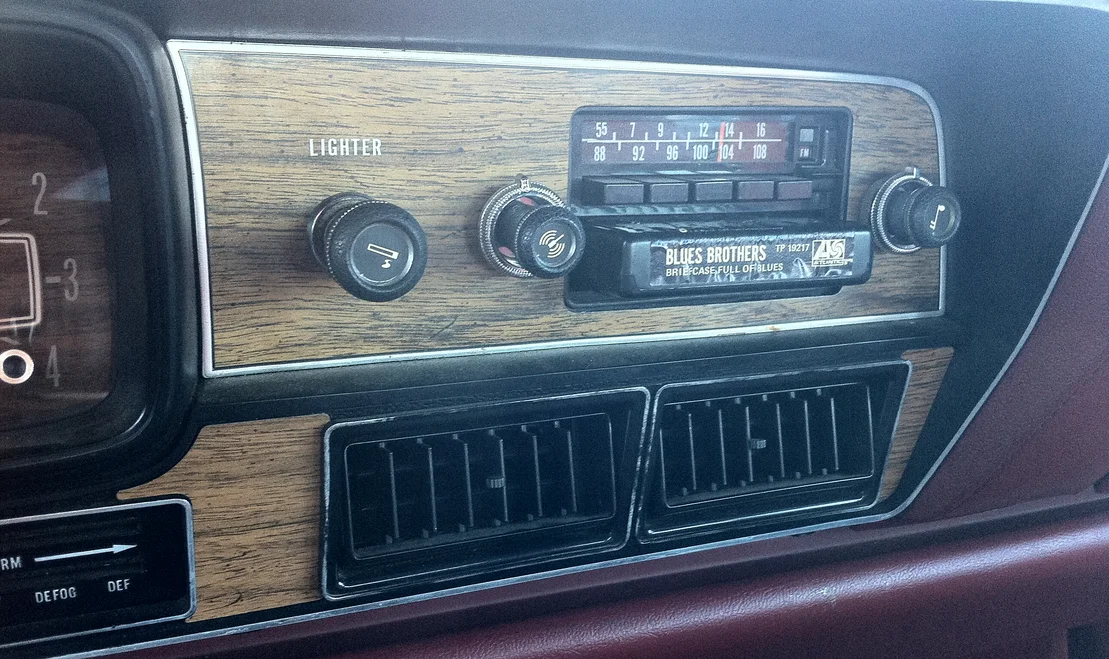
Installing an eight-track player in your car dashboard was like adding a rocket booster to your daily commute. These cartridge-based systems meant you could finally listen to entire albums without dealing with radio static or having to flip vinyl records while driving. The chunky rectangular tapes held about 80 minutes of music, and the satisfying “ka-chunk” sound they made when sliding into the player became the soundtrack of countless road trips.
The technology seemed so advanced that many cars came with eight-track players as premium factory options, right alongside air conditioning and power steering. You could build an impressive collection of your favorite albums in cartridge form, though they had an annoying habit of switching tracks in the middle of songs due to the way the endless loop system worked. By the early 1980s, cassette tapes had largely replaced eight-tracks, but for a brief shining moment, these players represented the pinnacle of mobile entertainment technology.
5. Electronic Calculators with LED Displays
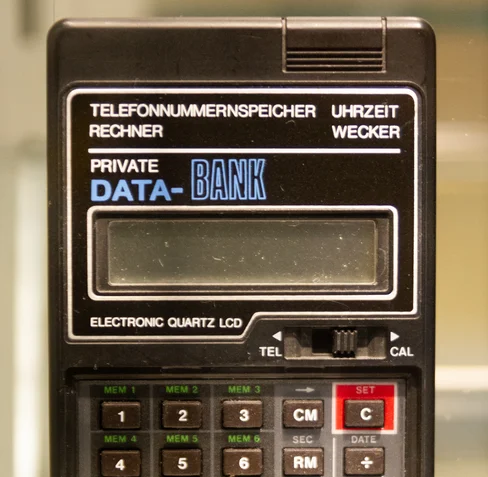
Before the ’70s, complex mathematical calculations required slide rules, adding machines, or good old-fashioned pencil and paper arithmetic. Electronic calculators changed everything, putting the power of instant computation right in your pocket or on your desk. These devices, often costing more than a week’s salary, could add, subtract, multiply, and divide with the press of a button, displaying results in bright red LED numbers.
The more advanced models could handle square roots, percentages, and even basic scientific functions that previously required special mathematical tables or considerable mental effort. Students, engineers, and business professionals carried these calculators like badges of honor, and owning one marked you as someone who embraced cutting-edge technology. The batteries lasted for months of regular use, and the solid construction meant these calculators could survive years of daily abuse in briefcases and backpacks.
6. CB Radio Systems for Cars and Homes
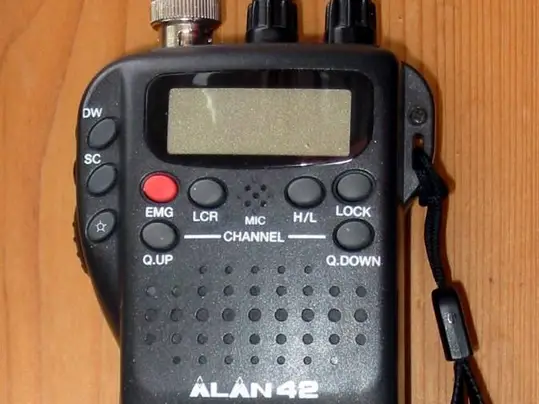
Citizens Band radio turned ordinary drivers into part of a vast communication network that stretched across highways and neighborhoods. The idea that you could talk to strangers miles away, get real-time traffic reports, and even develop friendships with people you’d never meet face-to-face seemed like something out of a futuristic novel. Everyone had their special “handle” or nickname, and the CB lingo created an entirely new vocabulary that made conversations sound like secret code.
Installing a CB radio in your car or setting up a base station at home meant joining a community of enthusiasts who took pride in their equipment and their communication skills. The technology allowed truckers to coordinate their routes, travelers to get local information, and neighbors to stay connected during emergencies. Antenna systems became increasingly elaborate, with some CB enthusiasts installing towers that rivaled those used by television stations, all in pursuit of clearer signals and longer-range communication.
7. Polaroid Instant Cameras
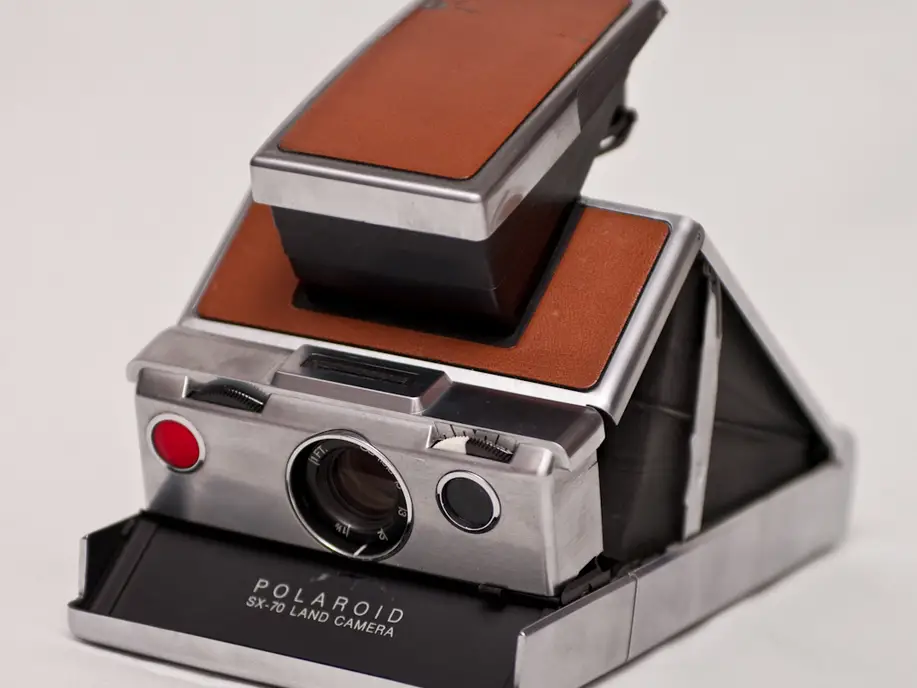
The magic of seeing your photograph develop right before your eyes never got old, no matter how many times you experienced it. Polaroid cameras eliminated the wait time and uncertainty of traditional film processing, giving you a finished picture in just a few minutes. Watching the image slowly appear on the film as you waved it in the air became a ritual that made every snapshot feel special and immediate.
These cameras were perfect for parties, vacations, and spontaneous moments when you wanted to capture and share memories instantly. The film was expensive compared to regular photography, but the convenience and novelty factor made it worth the cost for many families. Professional photographers even used Polaroid cameras to test lighting and composition before shooting with their regular film cameras, making these instant cameras valuable tools for serious picture-taking as well as casual snapshots.
8. Digital Clocks with Flip Numbers
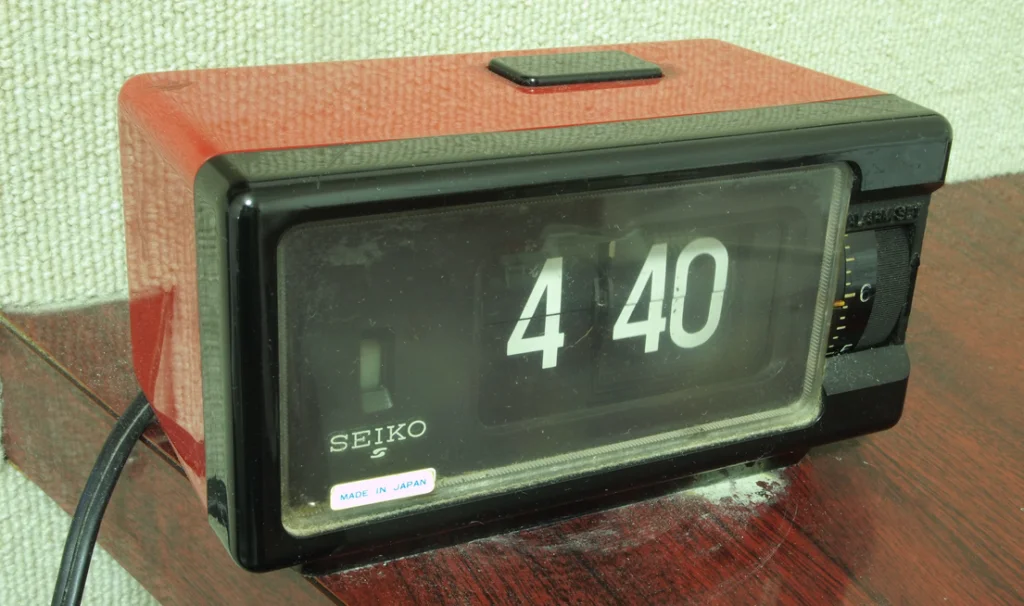
The mesmerizing flip-card displays of digital clocks brought a space-age aesthetic to bedside tables and kitchen counters across America. These mechanical marvels used a system of rotating cards or wheels to show the time in large, easy-to-read numbers that flipped over with satisfying mechanical precision. The soft clicking sound they made while changing minutes became a comforting background noise in quiet rooms.
Unlike traditional alarm clocks with hands and faces, these digital timepieces looked like they belonged on the control panel of a spacecraft or in a science laboratory. Many models included features like snooze buttons, multiple alarms, and even AM/FM radios, making them the command centers of morning routines. The flip mechanism was endlessly fascinating to watch, especially during the transition from 12:59 to 1:00, when multiple cards would cascade in sequence.
9. Electronic Garage Door Openers
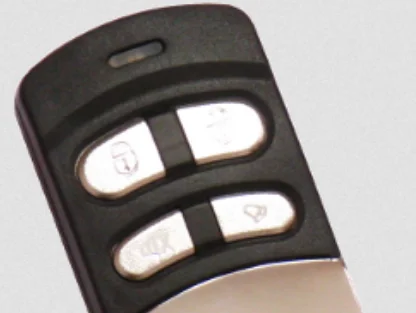
The ability to open your garage door without getting out of your car represented the ultimate in suburban convenience and technological sophistication. These systems used radio signals to communicate between a handheld transmitter and a motor unit mounted in the garage, eliminating the need to manually lift heavy doors or brave bad weather. Installation required running electrical wires and mounting the motor system, making it feel like a significant home improvement project.
The remote controls themselves were chunky devices with large buttons and telescoping antennas that made you feel like you were operating sophisticated communications equipment. Early models had limited range and sometimes interfered with neighbors’ systems, leading to occasional confusion when multiple garage doors would open simultaneously. The convenience factor was revolutionary though—being able to drive straight into your garage without stopping represented a new level of automotive luxury.
10. The First Microwave Ovens for Home Use

Microwave cooking seemed like pure science fiction when these appliances first appeared in home kitchens during the mid-1970s. The idea that invisible radio waves could heat food from the inside out, without flames or heating elements, challenged everything people thought they knew about cooking. Early models were enormous, expensive, and came with thick instruction manuals that explained this revolutionary new cooking method.
Families approached their first microwave meals with a mixture of excitement and caution, carefully following timing instructions and marveling at how quickly leftovers could be reheated. The ability to cook a potato in minutes rather than an hour, or to defrost frozen foods almost instantly, felt like having magical powers in the kitchen. These early microwaves were built like tanks, with heavy-duty construction and simple controls that would last for decades of daily use.
11. Cordless Telephones
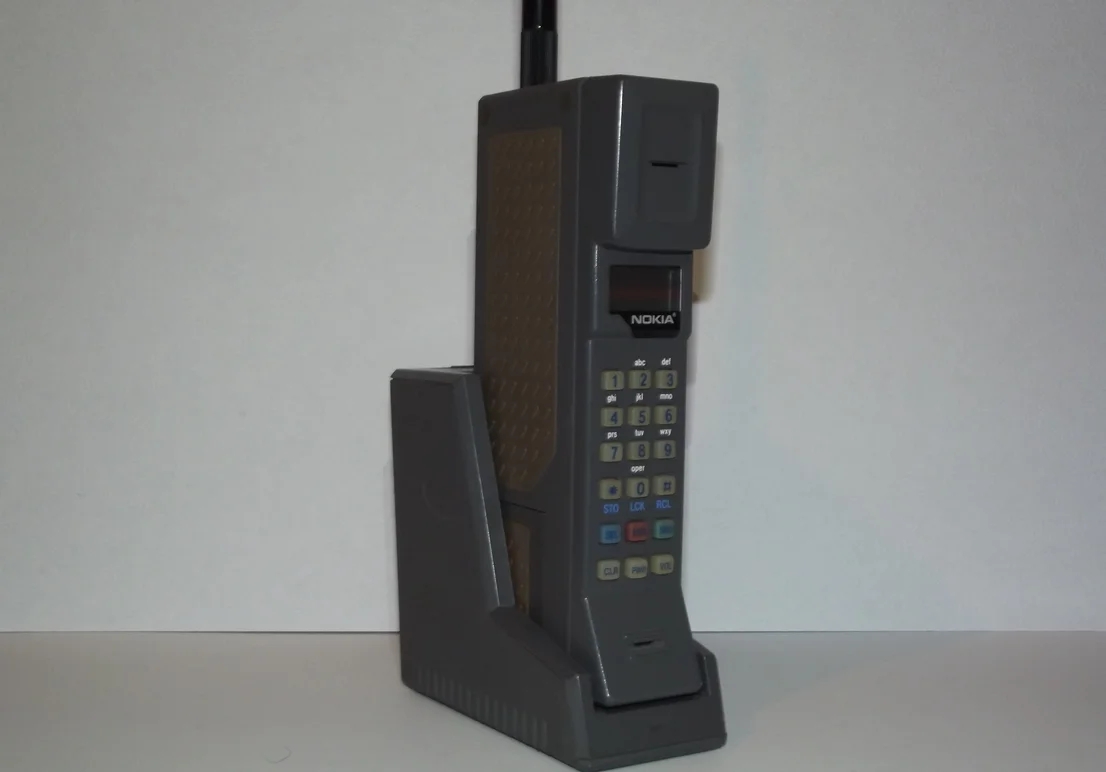
The freedom to walk around your house while talking on the phone represented a quantum leap in communication convenience. These early cordless phones used radio signals to connect the handset to a base unit, allowing conversations to continue while doing chores, cooking dinner, or even stepping outside. The range was limited to maybe 100 feet from the base, but that mobility felt revolutionary after decades of being tethered to wall-mounted phones by spiral cords.
The handsets were larger and heavier than traditional phone receivers, housing both the radio transmitter and rechargeable batteries that needed regular charging. Sound quality was often scratchy and conversations could be interrupted by interference from other electronic devices, but the convenience outweighed these technical limitations. Having a cordless phone marked your household as technologically progressive, and visitors were always impressed by the futuristic communication setup.
12. Electronic Fuel Injection Systems in Cars
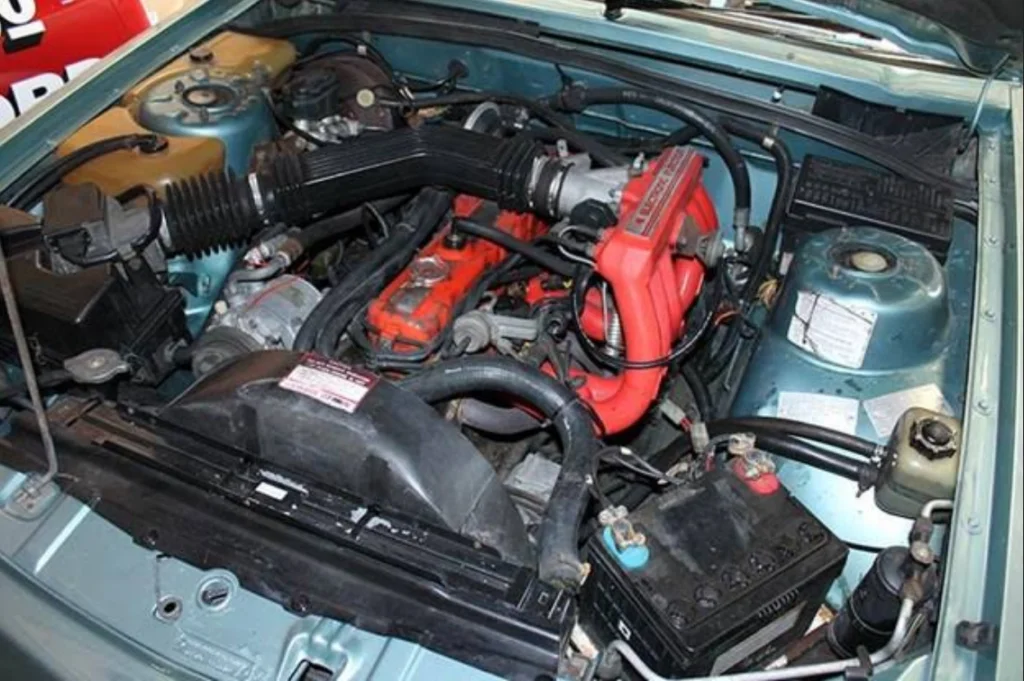
Automotive fuel injection represented a sophisticated computer-controlled approach to engine management that promised better performance, improved fuel economy, and more reliable starting. These systems used electronic sensors and processors to precisely control the amount of fuel delivered to each cylinder, replacing the mechanical carburetors that had been standard for decades. The technology seemed almost impossibly complex, with wiring harnesses and computer modules that looked more suited to aerospace applications than family cars.
Mechanics had to learn entirely new diagnostic procedures and invest in specialized electronic testing equipment to service these advanced fuel systems. Car enthusiasts debated whether electronic fuel injection would prove reliable in the long term, or if the added complexity would create more problems than it solved. The systems delivered on their promises of better performance and efficiency, but they also marked the beginning of the end for shade-tree mechanics who could fix everything with basic hand tools and intuition.
Looking back at these marvels of 1970s technology, it’s amazing how quickly the cutting edge becomes quaint history. Each of these devices represented genuine innovation and excitement about the future, even if that future turned out differently than anyone expected. While most of these gadgets have been replaced by smartphones and modern electronics, they paved the way for the digital world we live in today, and they gave an entire generation the thrill of living on the technological frontier.


